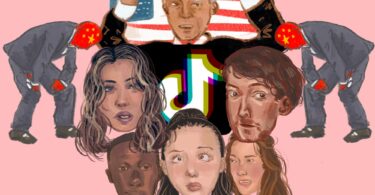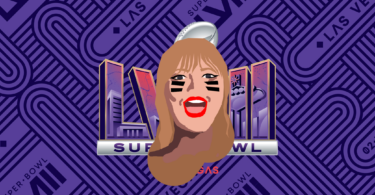
BERWICK, Victoria, Australia — There’s a word we’re hearing a lot in media coverage: peace.
But what is it?
People have many different ideas and opinions on peace. Most are complicated, and most involve stereotypes of the people who believe in peacefulness.
The truth is, most people are too caught up in their own selfish world to care.
It’s just easier to raise your eyebrow in passing to someone wearing a peace sign, or holding up a ‘Free Hugs’ sign than to actually stop, listen and understand why this is such a big deal.
Peace is not about stopping war. Peace is not about the image of some dreadlocked, druggie yelling “free love!” Peace is not some idealistic concept conjured up by romanticism.
Peace is what came before war.
Peace is the restoration of humanity.
We are all equal on this Earth, from George W. Bush to those in Al-Qaeda, to the starving little Laotian kid to the spoiled American teen.
Acknowledging that no one is any better or worse than the other, understanding and embracing our differences – not trying to squeeze everyone into the same square mold – and willingness to do everything possible to help a fellow human, is peace.
Today’s society is so fast-paced, with aims only of achieving a promotion in work, getting the best house at the cheapest price and many superficial, materialistic things.
This is, of course, a generalization. Not everybody is like this. Peace is about slowing down, stopping to think about the effect our decisions have on other people, the environment and the future. Peace is about having minimal destructive impact and maximum constructive impact.
There are idealistic definitions of peace. Dictionary definitions, for example, talk of non-warring conditions between countries, roommates living in non-dispute and the general security of public places and a treaty to cease hostility.
But peace is the state where we no longer need to make a conscious effort not to argue, not to war, not to have to make our public places safe. It is very much an individual concept.
No one can tell you that you are ‘at peace.’ And peace is not an image, either. It is not a stereotype. It is a state of mind that people are trying to reconstruct as a global norm.
Peace has been lost in a busy, take-away, fast-food, fast-reaction world.
We must wonder, what will happen to us? How long can we go without doing serious damage? Situations around the globe are growing worse, and it is increasingly harder to get up and do something about it.
The underlying simplicity is that peace is not about trying not to be racist, sexist, prejudiced and discriminative in general.
Peace is not when these things don’t matter – it’s when they’re not even considered a problem.
It’s when superficial differences such as skin color and ethnicity aren’t even noted. It’s when we are all merely humans on this planet, trying to survive with minimal destruction and maximum care and love.
The thing is, peace is not just peace. It is humanity. It is everything we stand for. Or, everything we should stand for.
Peace is not about stopping war. It is not even prevention. It is so that war, confliction and disruption are not considered. It is when such harm and destruction are not the things we fall back on for resolution.
You don’t have to get out there and become a radical activist for peace. That is what we do not want. Peace starts within.
It starts by waking up with a smile and saying, “Thank God I’m alive,” and greeting the person behind the protective screen at the train station and wishing them a good day. It’s telling your co-worker that they’ve done a fabulous job, and making them a cup of tea. It’s doing things for the benefit of others.
Peace is an inkblot. The goodwill spreads.
If we all start out own, individual inkblots, the ink will spread. And they will join and meet up.
It’s not an idealistic inkblot phenomenon. It’s an achievable, beautiful society of peace.
There is no secret, no controversy, no “hidden agenda” to peace. It’s as simple as smiling. It’s as rewarding as happiness.
Madeline Slaughter is a Reporter for Youth Journalism International.



